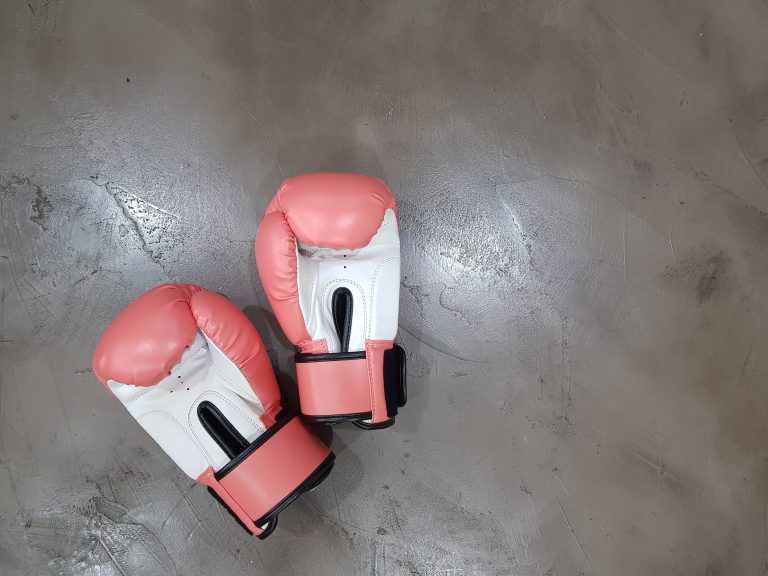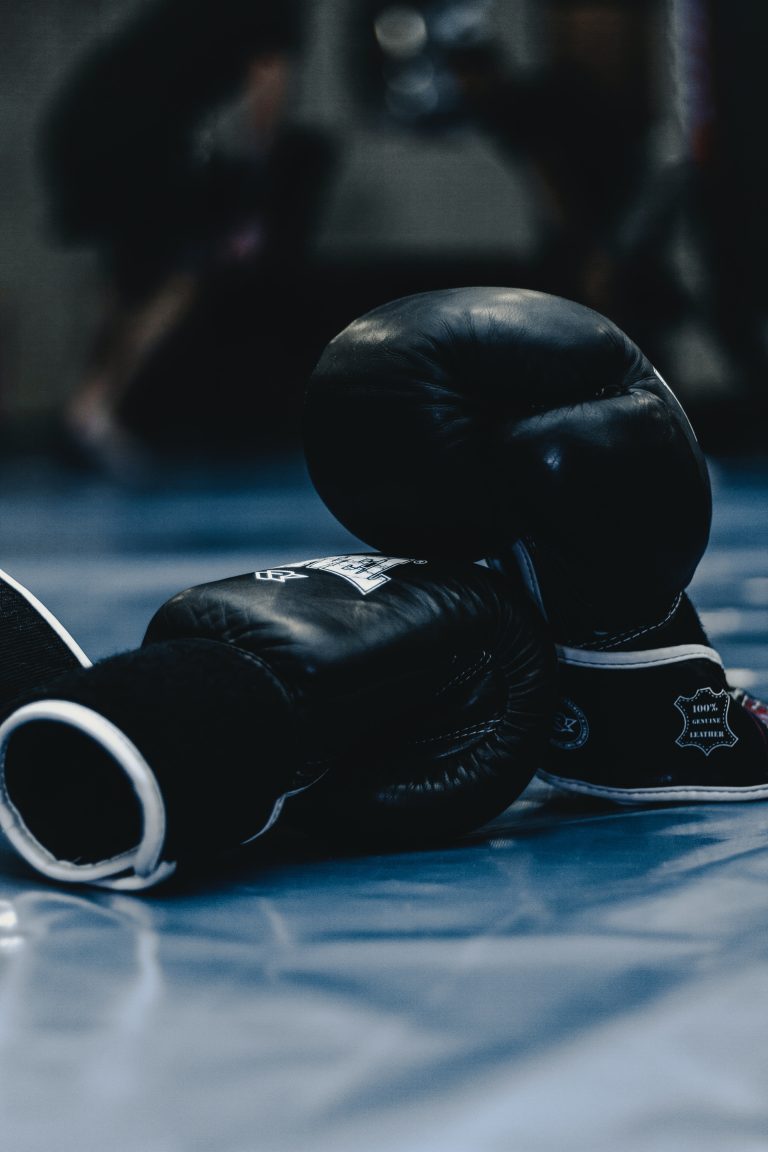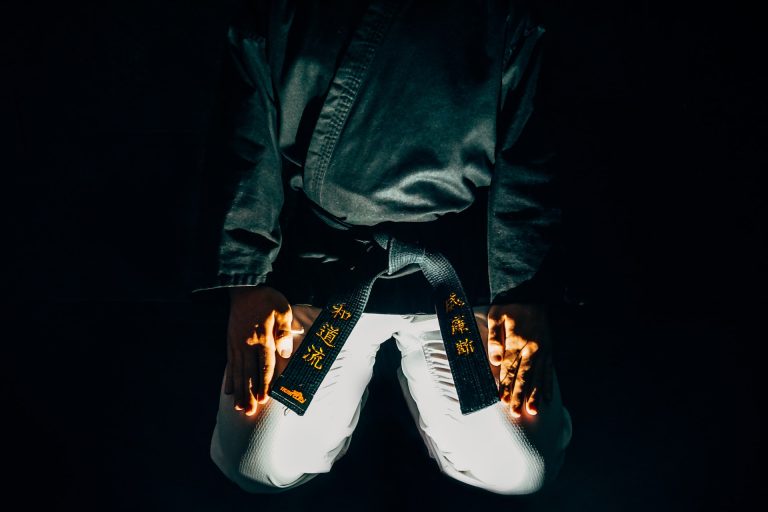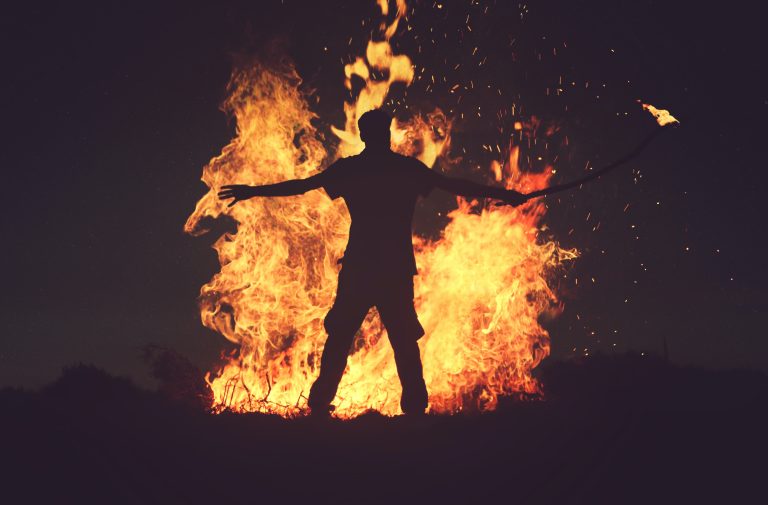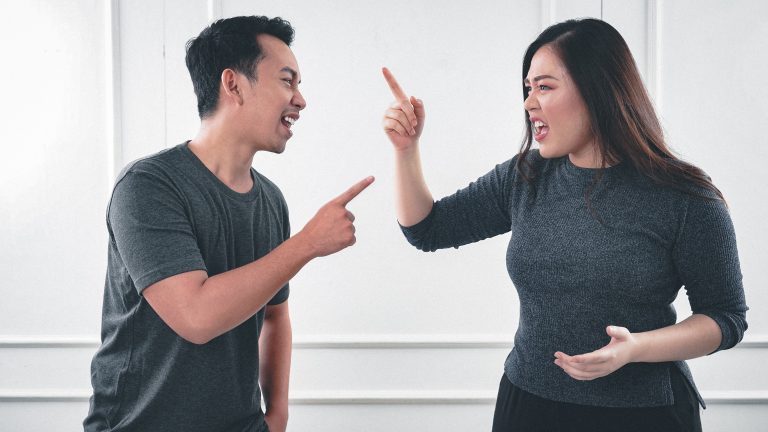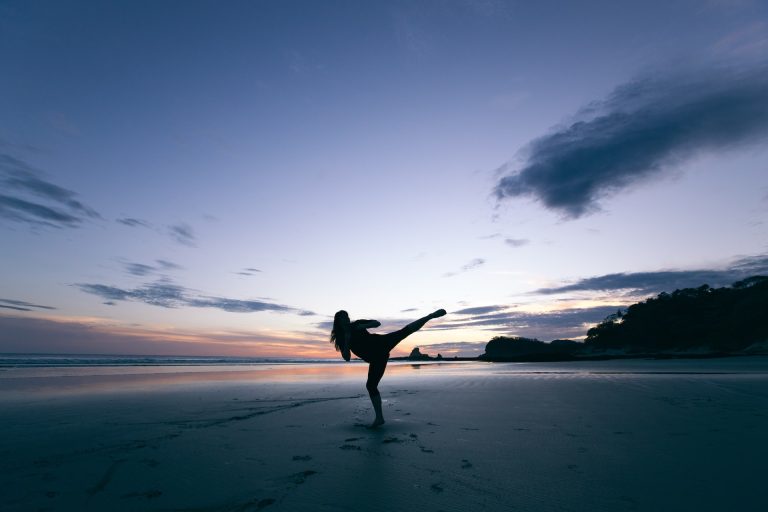Karate: A Historical Overview of the Martial Art
The martial art of karate has a long and storied history. Dating back as far as the 15th century, karate has been used not only as a form of self-defense but also as a way of life. This blog post seeks to provide an in-depth overview of the history of karate, how it has evolved over the centuries, plus what it continues to offer practitioners today.
What is Karate?
Karate (空手) is a martial art that originated in Okinawa and then spread to mainland Japan. It is primarily a striking art, with punches and kicks being the primary focus, but it also incorporates elements of grappling and throws. Karate is highly respected and often viewed as a spiritual practice due to its combination of physical and mental elements.
Karate is typically broken down into three main subsets:
- Kihon (basics): The most fundamental aspects of karate, including basic forms (kata) and drills.
- Kumite (sparring): The practice of sparring against an opponent, either alive or inanimate.
- Bunkai (application): The application of techniques learned in kata to practical self-defense scenarios.
Karate, like all martial arts, has a progressive ranking system, most commonly expressed using colored belts with different levels of expertise associated with each:
| Belt Color | Level |
|---|---|
| White | Beginning |
| Yellow | Intermediate |
| Green | Advanced |
| Blue | Expert |
| Brown | Master |
| Black | Grandmaster |
As students advance through each level, they develop not only their physical skills, but also their mental focus and spiritual growth. As they reach higher levels of mastery, they begin to develop a deeper connection to their art, forming a harmony between the body, mind, and spirit.
History of Karate
The history of karate dates back to the 15th century when Okinawa first developed its own variant of martial arts called te (Ryūkyū-tō). Te was influenced by other Chinese martial arts that had made their way to Okinawa, as well as by indigenous Okinawan fighting styles. However, te was kept only within the walls of Okinawa for centuries and was unknown in mainland Japan until the early 20th century.
In 1922, Funakoshi Gichin, a master of te, decided to travel to mainland Japan and teach his art to the masses. He had no intention of starting his own school or promoting himself as it was not seen as appropriate by Okinawan scholars at that time. He was invited to demonstrate his art to represent Okinawa in Tokyo’s first martial arts demonstration. He performed a series of kata– choreographed movements–and was able to captivate the audience with his powerful display of unarmed combat prowess. After that demonstration, there was a lot of interest in te amongst the Japanese people and he was soon asked to teach his art more widely. Funakoshi decided to rename te as Karate-dō in homage to the islands of Okinawa which are known as the “Garden of Karate”. To distinguish his karate from others he also added “Shotokan” after his pen name “Shoto”. This concept is now known as Shōtōkan–style karate.
Over the next several decades, Karate continued to spread across Japan and then to other countries around the world. It eventually gained recognition as an official Olympic sport and today is studied by tens of millions of people around the globe. Each branch has also developed its own unique techniques and interpretations, including Wado-ryū, Shōrinryu, Kyokushin-ryu, Goju-ryu, and Uechi-ryu, among others.
As Karate grew in popularity, it began being incorporated into other disciplines such as fitness classes and schools’ physical education programs. It is now one of the most widely practiced martial arts in the world and continues to grow each year with more people taking up this ancient art for exercise, self-defense training and personal growth.
Benefits of Practicing Karate
Although Karate is often seen as a violent art or something which is only suitable for those with experience in similar martial arts styles, this is far from the truth. Karate offers many benefits for both beginners and experts alike, ranging from health improvements to mental development. Here are just a few examples:
- Improved physical fitness:Karate requires physical exertion and coordination which makes it an excellent workout that can improve cardiovascular health and muscular strength.
Karate is an excellent method for developing physical fitness whilst still maintaining a fun, non-intimidating environment for beginners. As practitioners progress over time they can even decide to compete at a national or international level providing an additional challenge if desired.
Conclusion
In conclusion, Karate is an ancient martial art with a storied history stretching back centuries. It is a versatile discipline that not only offers powerful self-defense technique but also promotes mental focus and physical fitness amongst practitioners. With branches varying from rigid traditional styles to creative modern interpretations, there is something for everyone to appreciate about this far-reaching and enduring martial art form.
Sources:
- [Uechiryu Karateka](https://uechiryu-karateka.net/en/what-is-uechiryu-karate/)
- [History Channel](https://www.history.com/topics/martial-arts/karate)
- [Okinawa Karate School](https://www.okinawakarateschool.com/history-of-karate/)
Introduction: Karate as a Martial Art
Karate is a martial art that originated in Okinawa, Japan. It is known for its emphasis on striking techniques with the hands, feet, knees, elbows, and even the head. Karate also involves throws, joint locks, and grappling techniques.
As the popularity of karate has grown, so have its practitioners. Today, karate is practiced in many forms, from traditional to sport karate. Whether you are a beginner or a seasoned practitioner, there are some common questions about karate that come up frequently. In this blog post, we’ll explore some of these questions and provide answers based on historical facts and current practices.
What is the History of Karate?
Karate’s history can be traced back to Okinawa, a small island south of Japan. Okinawa was an independent kingdom until it was annexed by Japan in the late 19th century. During this time, the use of weapons was banned on the island, and Karate was developed as a means of self-defense against armed attackers.
Karate’s roots can be traced back even further, to China, where martial arts such as Kung Fu were practiced. The Chinese arts were brought to Okinawa and eventually evolved into what we now know as Karate.
During the 20th century, Karate spread from Okinawa to mainland Japan and eventually to other parts of the world. Today, Karate is practiced by millions of people worldwide.
What is the Philosophy of Karate?
Karate is more than just a physical activity. It also has a strong philosophical component. In fact, the word „Karate“ can be translated to mean „empty hand,“ which refers not just to the physical techniques but also to the spiritual aspect of the art.
The philosophy of Karate emphasizes the development of personal character and the pursuit of excellence. Practitioners of Karate strive to improve themselves both physically and mentally and to live by the principles of respect, discipline, and humility.
What Are the Different Styles of Karate?
There are many different styles of karate, each with its own unique approach to training and technique. Some of the most popular styles of Karate include:
– Shotokan Karate
– Goju-Ryu Karate
– Shito-Ryu Karate
– Wado-Ryu Karate
– Kyokushin Karate
Each style has its own strengths and weaknesses, and practitioners may choose to focus on one particular style or study multiple styles to gain a well-rounded understanding of the art.
What is the Belt System in Karate?
The belt system in Karate is a way of tracking a student’s progress in the art. The system typically starts with a white belt for beginners and progresses through various colors, such as yellow, orange, green, blue, purple, brown, and black, to indicate increasing levels of skill and knowledge.
The black belt is the highest rank in Karate, but it does not represent mastery of the art. Instead, it is a symbol of the student’s dedication and commitment to the practice of Karate. Even after achieving a black belt, a student must continue to learn and improve over time.
What is the Difference Between Traditional and Sport Karate?
Traditional Karate focuses on self-defense and personal development, while sport Karate is oriented towards competition. Traditional Karate emphasizes the practical application of techniques in real-life situations, whereas sport Karate emphasizes structured sparring and competition rules.
Some traditional Karate schools do not compete, while many sport Karate schools focus primarily on competition. Both approaches have their strengths and weaknesses, and the choice of which to practice depends on individual goals and preferences.
Conclusion
Karate is a martial art that has evolved over centuries and continues to be practiced by millions of people worldwide. With its focus on physical technique and personal character development, Karate offers many benefits to those who study it, including improved physical fitness, self-defense skills, and mental discipline. Whether you are a beginner or an experienced practitioner, there is always more to learn and discover in the art of Karate.
Inhaltsverzeichnis

